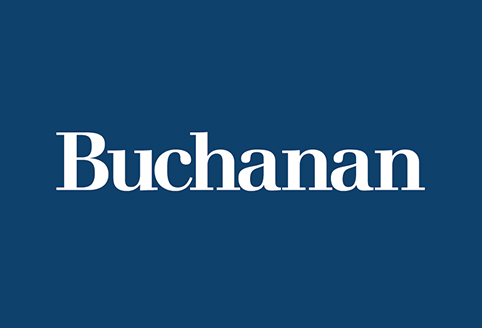
President Trump and Reciprocal Trade and Tariffs
Background
On February 13, 2025, the Trump Administration announced it will begin a comprehensive review of duties imposed on U.S. exports to pursue a policy of reciprocal trade.1 In a corresponding memorandum on Reciprocal Trade and Tariffs, President Trump directed several federal agencies to commence a broad review of tariffs and non-tariff barriers that U.S. trading partners impose on U.S. exports and to recommend reciprocal duties.2 The comprehensive review and corresponding recommendations may reflect the administration’s aim to methodically develop an enduring reconfiguration of global trade based on reciprocity that is consistent with its America First Trade Policy.3
A Plan to Establish Reciprocal Trade
The Reciprocal Trade and Tariffs Memorandum provides a framework to potentially initiate a global trade reconfiguration. First, it clarifies that U.S. trade policy will be to reduce its “large and persistent annual trade deficit in goods and to address other unfair or unbalanced aspects of our trade with foreign trading partners.”4 To accomplish this policy, the Memorandum introduces the “Fair and Reciprocal Plan.”5 The Plan directs certain federal agencies to examine non-reciprocal trade relationships with all U.S. trading partners, including review of:
- Tariffs and non-tariff barriers such as subsidies or technical barriers to trade,
- Value-added tax and other taxes,
- Mercantilist policies that impede American competitiveness in foreign markets, such as distortive foreign exchange rates and wage suppression, and
- Any other practice or structural impediment that the United States Trade Representative (USTR) judges imposes unfair limitations on foreign market access or impedes fair competition.
After the Federal agencies have submitted their America First Trade Policy reports, which are due on April 1, the U.S. Secretary of Commerce and the USTR shall initiate all necessary actions to investigate harm to the United States from non-reciprocal trade. After completing these actions, Commerce and USTR are then required to submit a report proposing remedies to the President. Notably, the Reciprocal Trade and Tariffs Memorandum does not identify a date when Commerce and USTR will submit this report to the President. Further, the Memorandum does not clarify whether or what action will be taken following receipt of the report.
Next Steps
While the Memorandum provides a framework for identifying trade imbalances and remedial actions that the U.S. government could take, it does not provide a timeframe for such action. Accordingly, unlike the 25% national security tariffs on articles of steel and aluminum and their derivatives that are effective beginning March 12, 2025, there remain open questions as to the timing of next steps and what type of trade relief can be expected. Despite these issues, it is clear that fair trade remains an important priority for this Administration. As such, this could be an important time to consider what options for trade relief are available.
Buchanan has a team of international trade and national security attorneys, and government relations professionals ready to help U.S. manufacturers with U.S. trade remedy laws and trade policy. U.S. Antidumping and Countervailing tariff laws are one of the only available tools to reestablish an even playing field for American companies and avoid lost sales and profits. Buchanan's eBook, Protecting Domestic Producers: A Guide to Antidumping and Countervailing Investigations, shares details on how diverse domestic industries can take advantage of these laws – antidumping and countervailing duty investigations – to combat unfair foreign competition and receive adequate remedies and protections. Our dedicated team has decades of experience supporting clients across a range of industries – ranging from steel, chemical, rubber, mining, and agricultural products – to ensure that the U.S. market is operating under fair and equal conditions.
- Fact Sheet: President Donald J. Trump Announces “Fair and Reciprocal Plan” on Trade, The White House (February 13, 2025).
- See Memorandum for Certain Executive Agencies, Reciprocal Trade and Tariffs, The White House (February 13, 2025) (“Reciprocal Trade and Tariffs Memorandum”).
- See Memorandum for Certain Executive Agencies and Executive Advisors, America First Trade Policy, The White House (January 20, 2025).
- Reciprocal Trade and Tariffs Memorandum at Section 2.
- Id.


